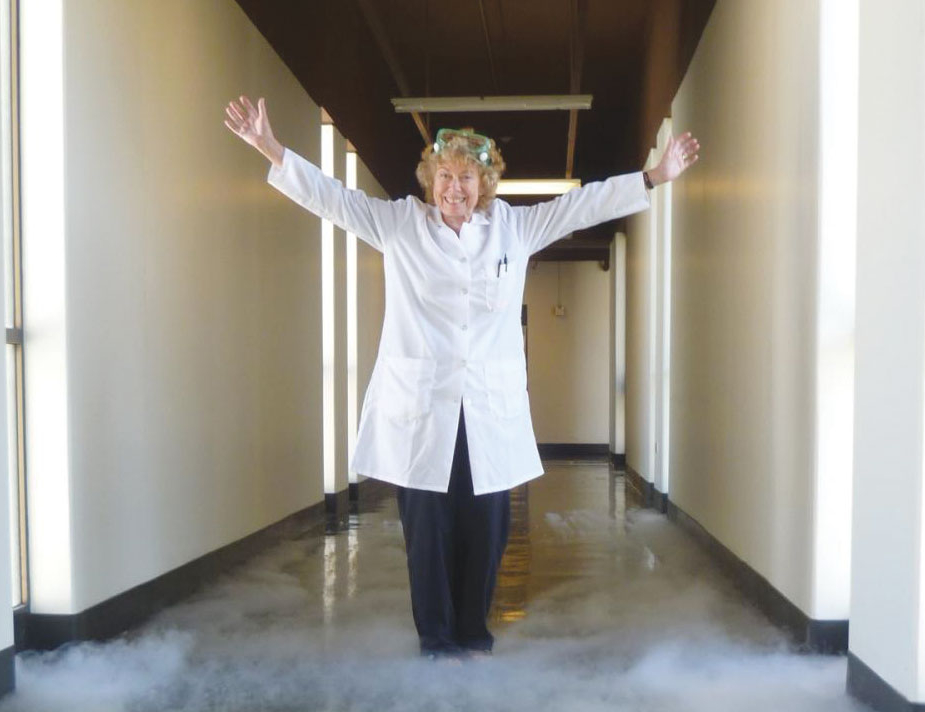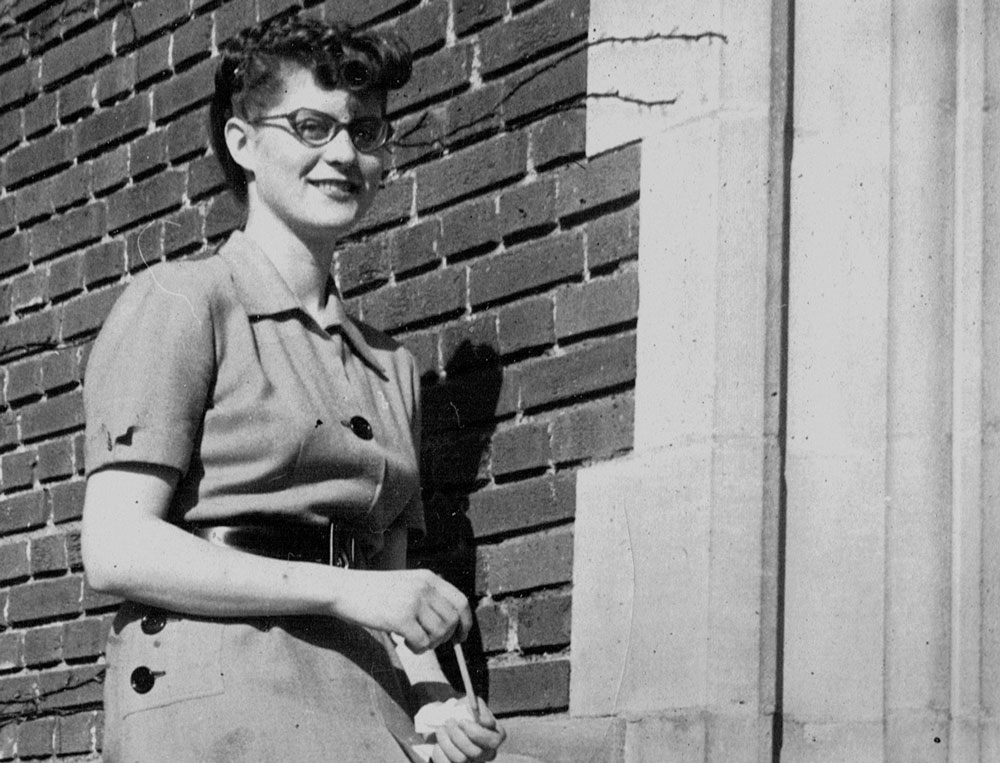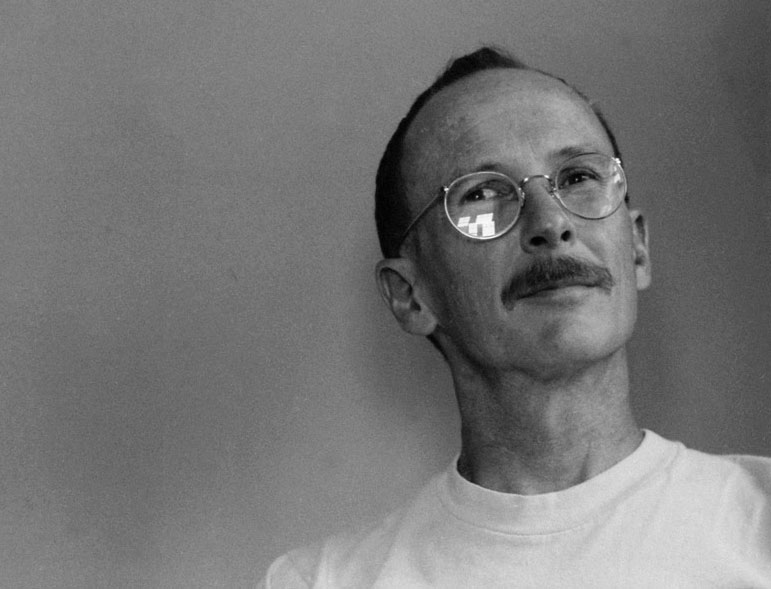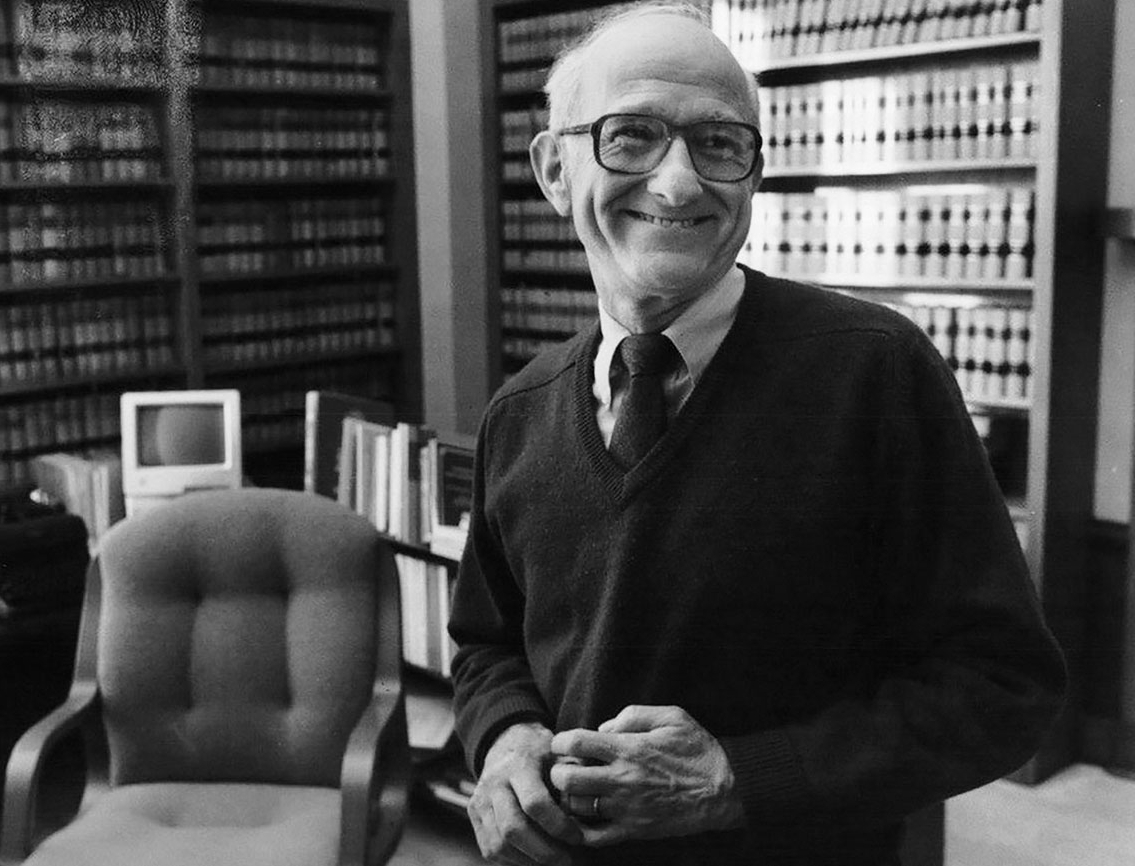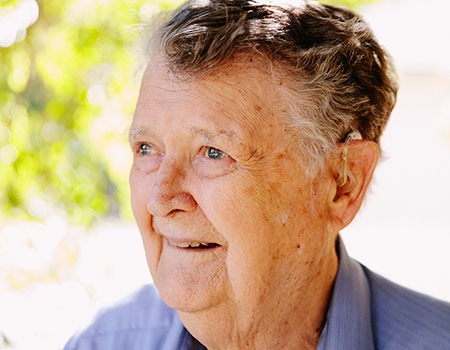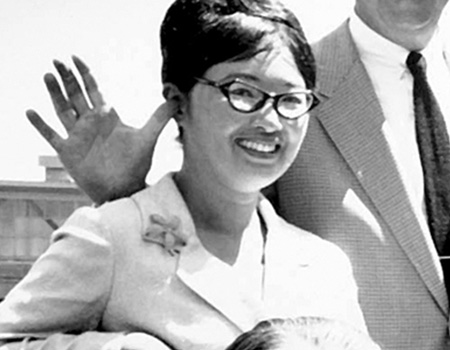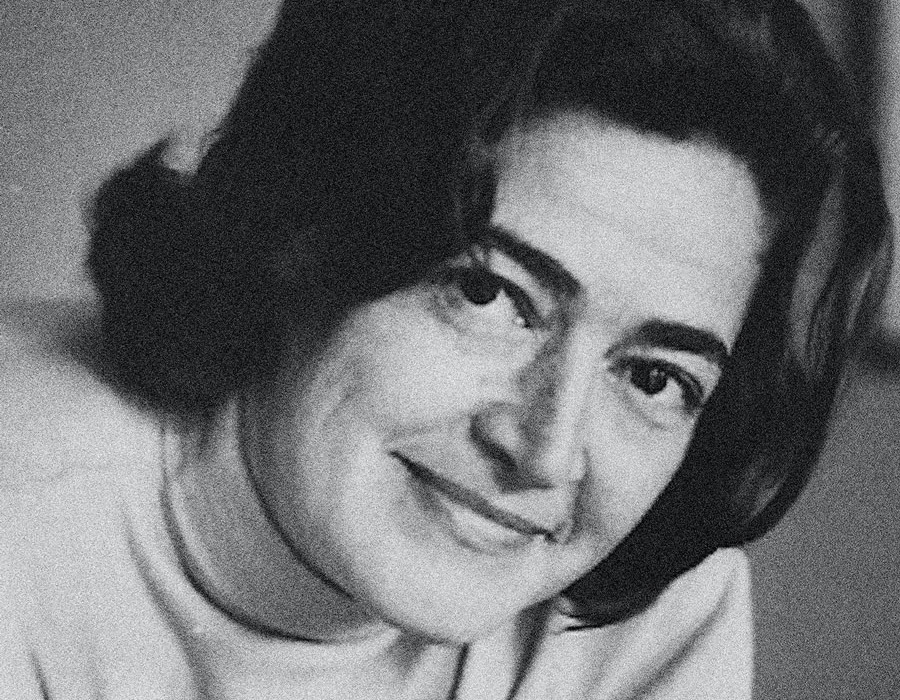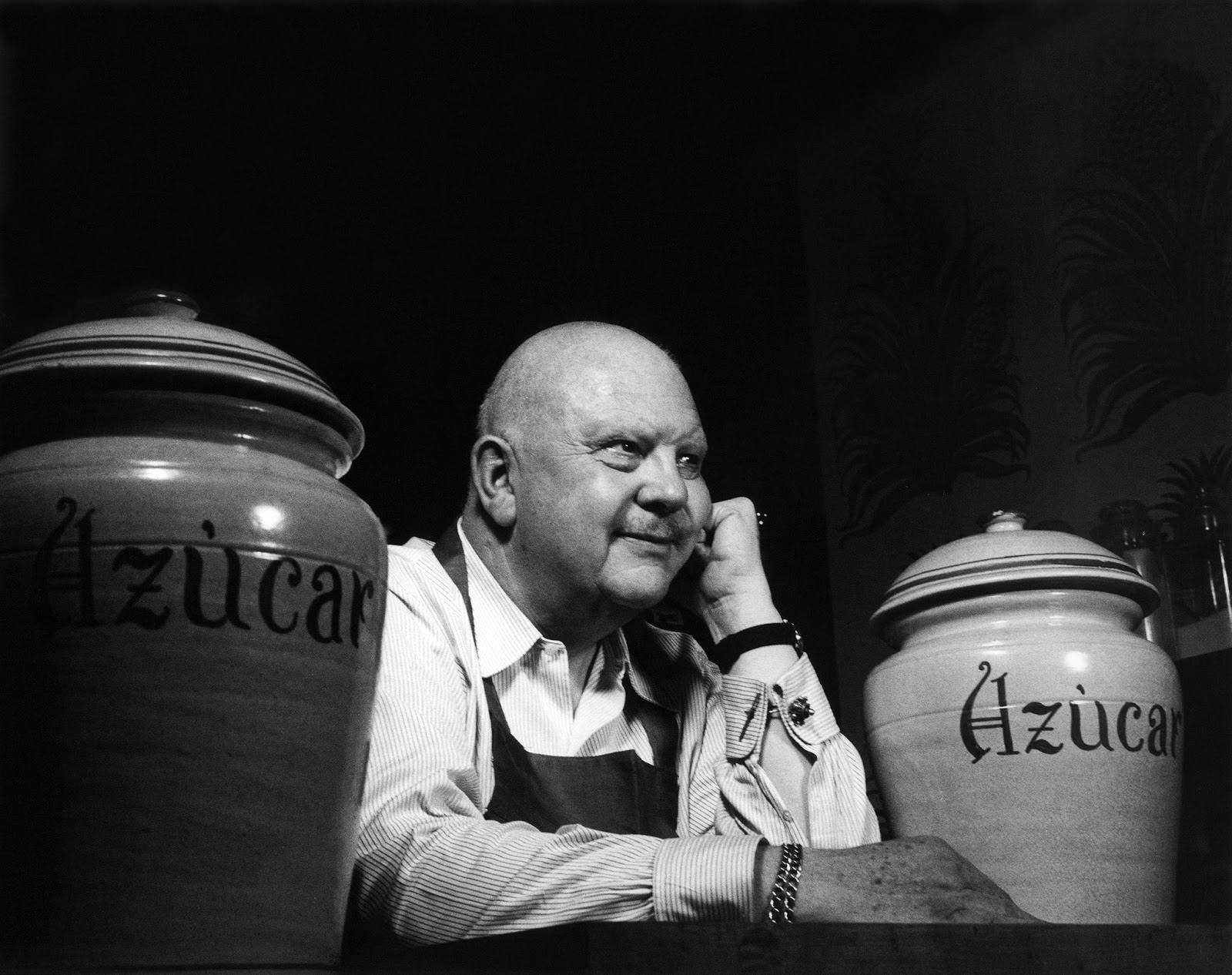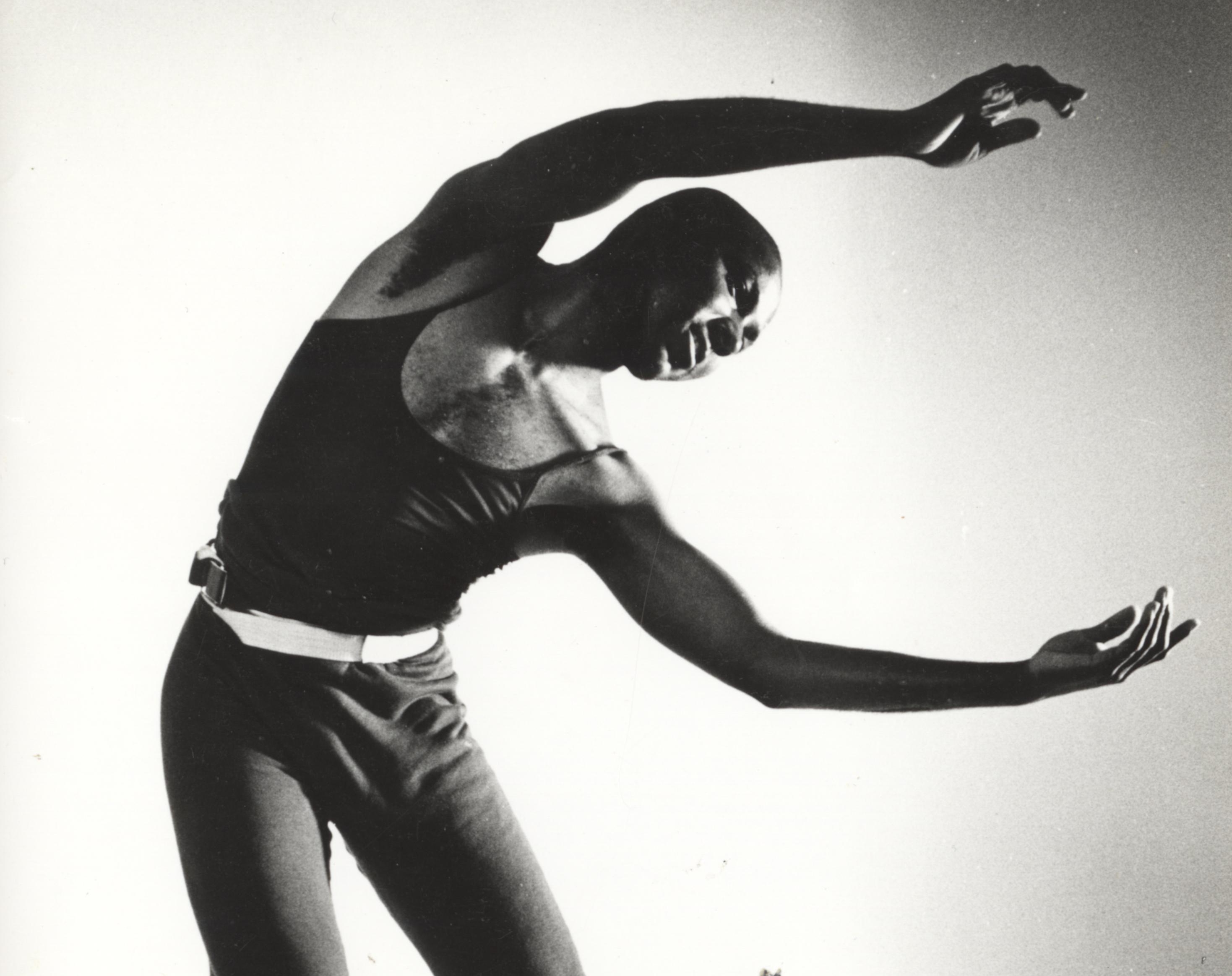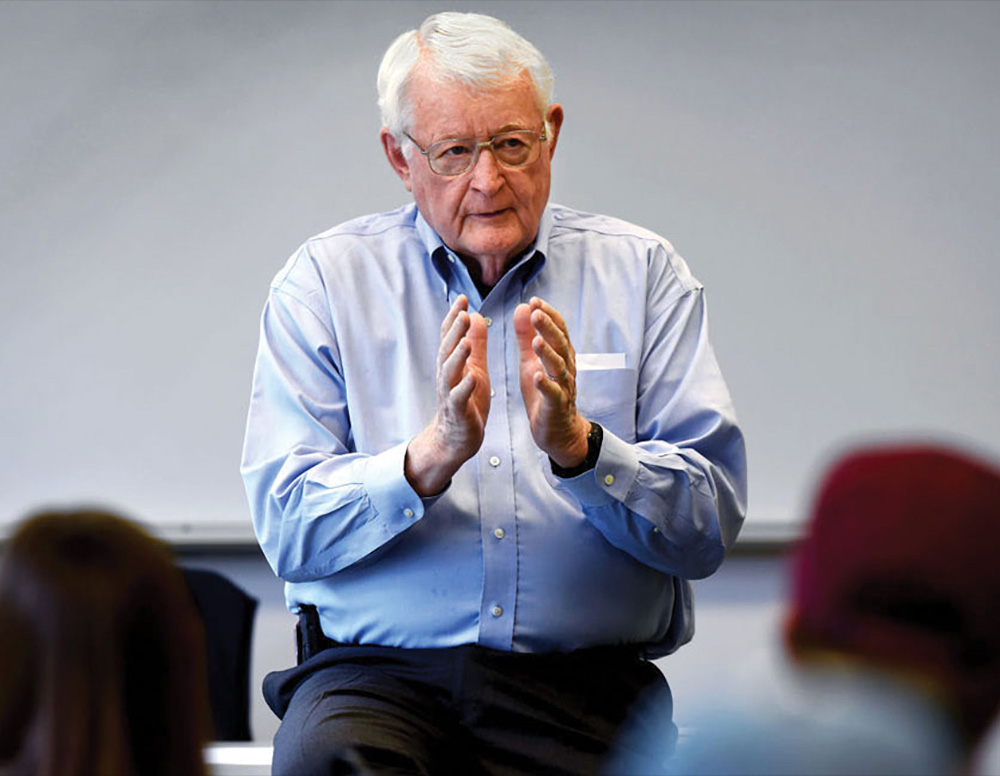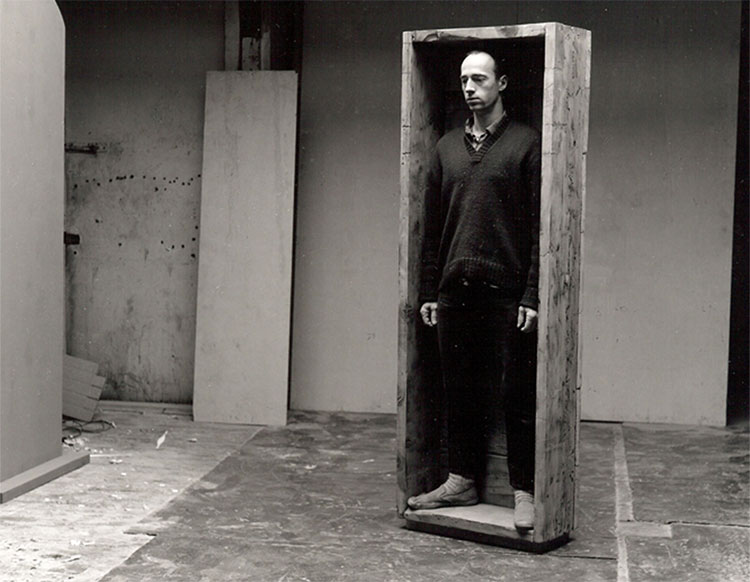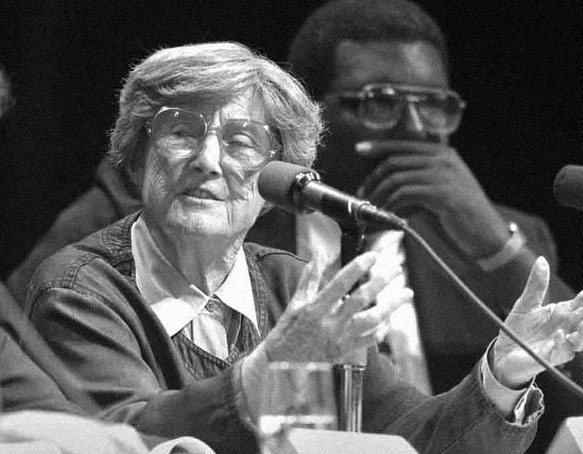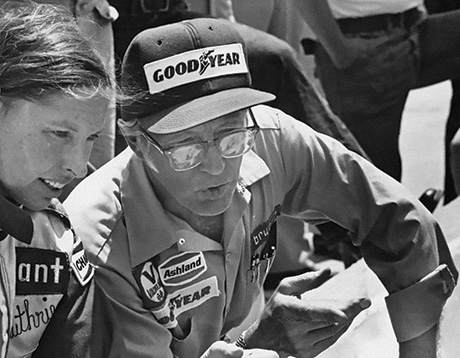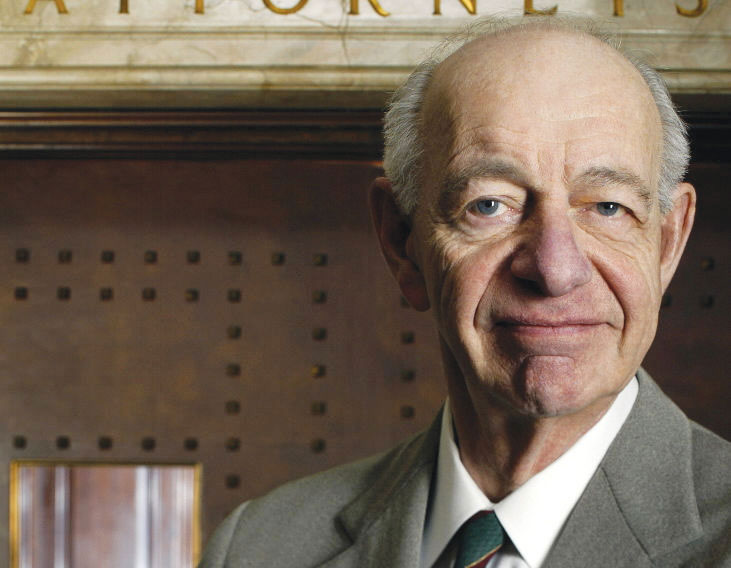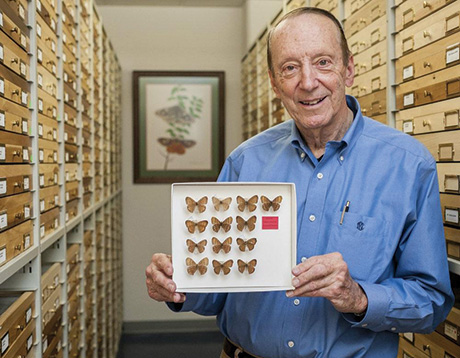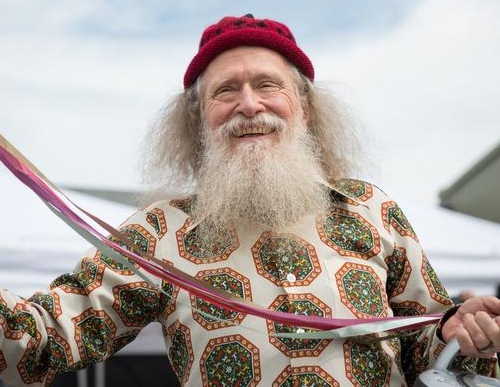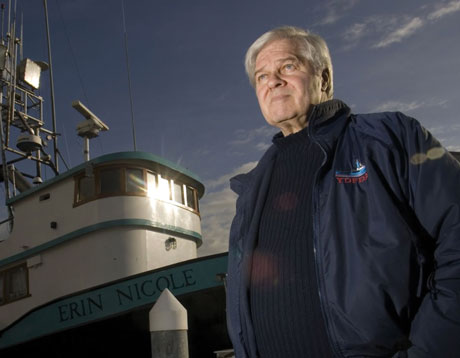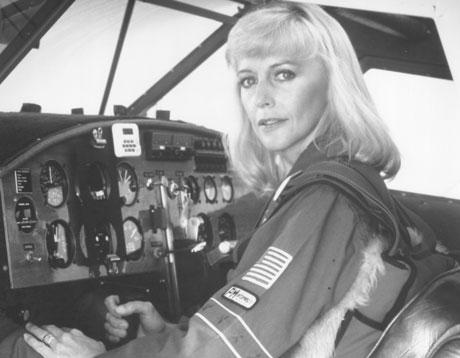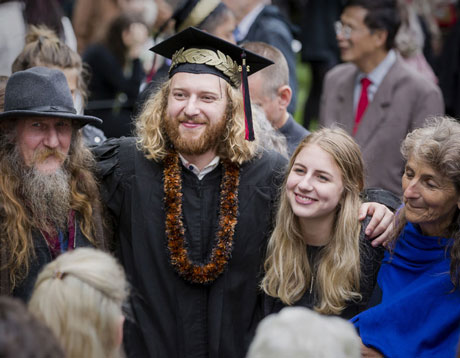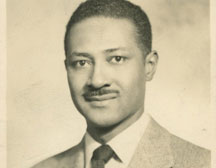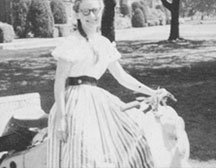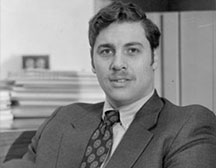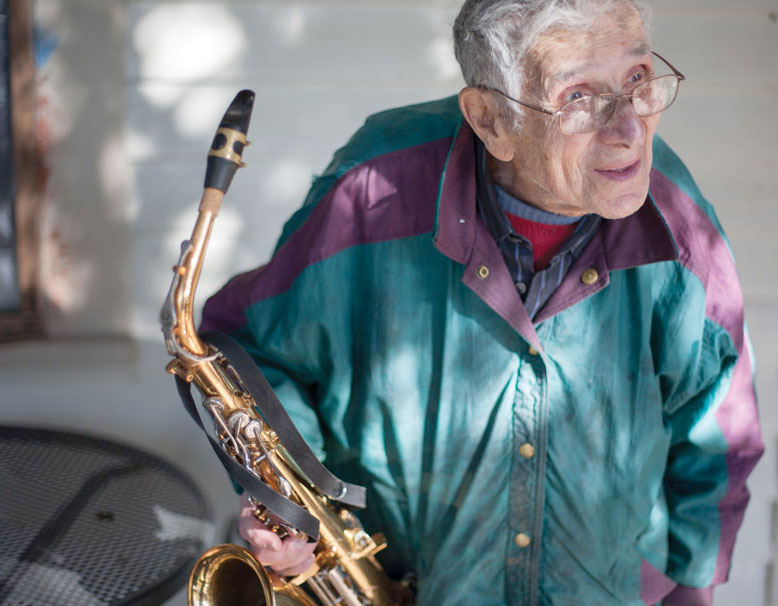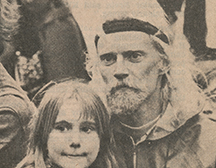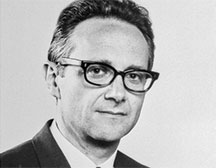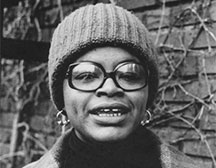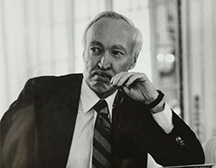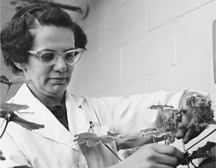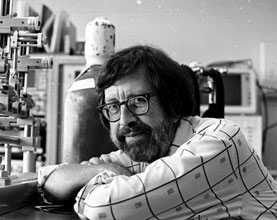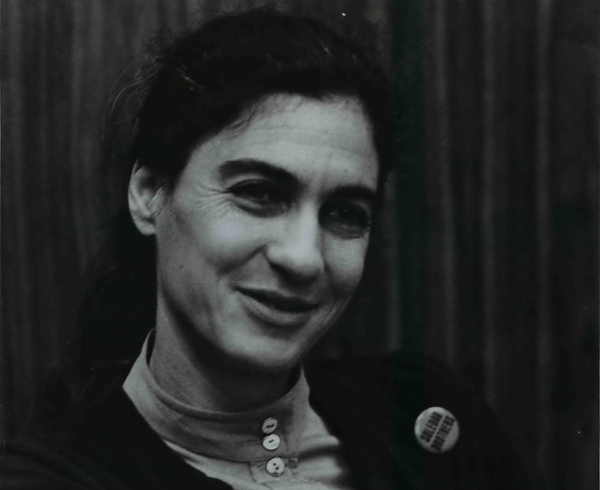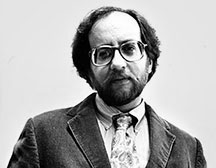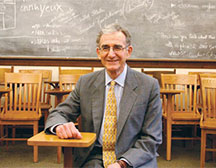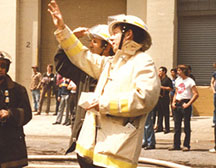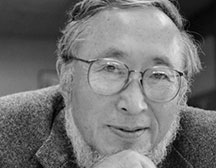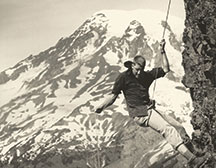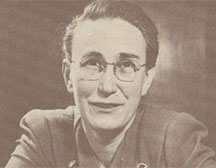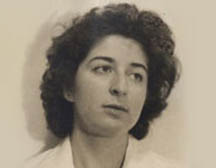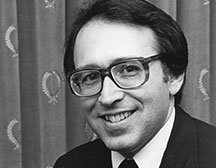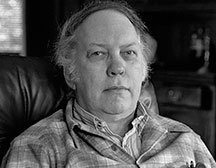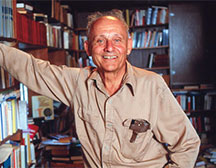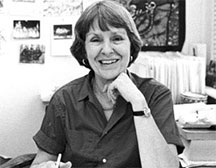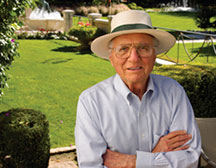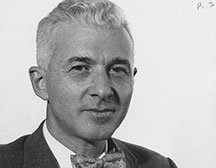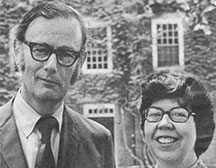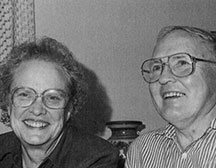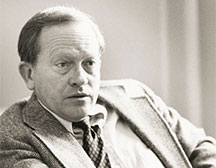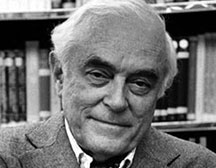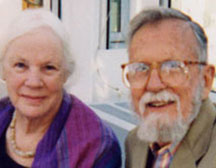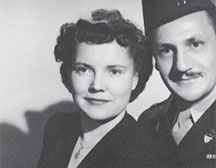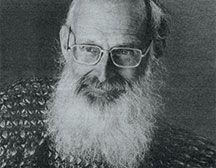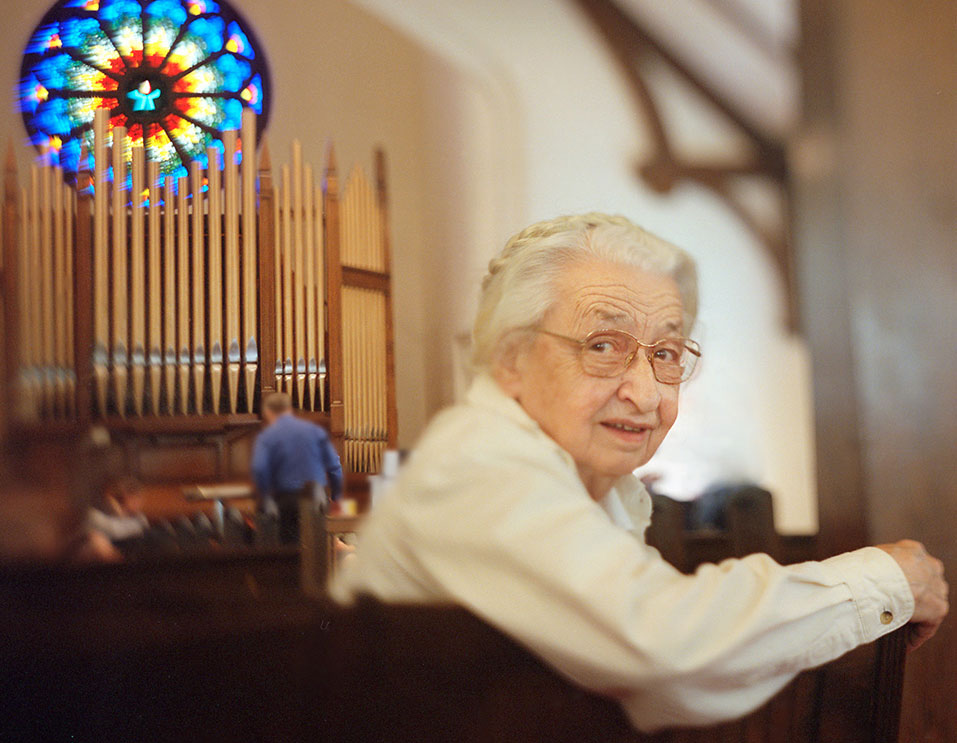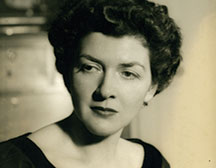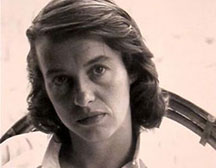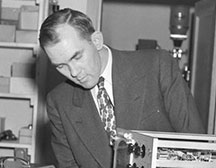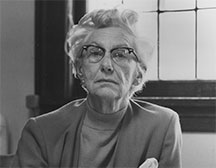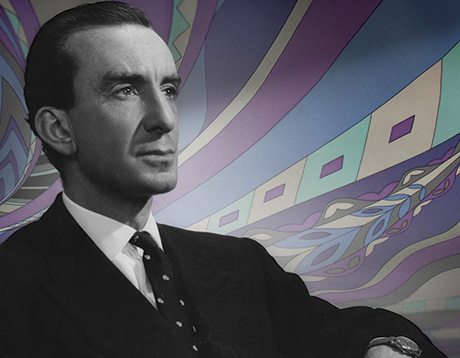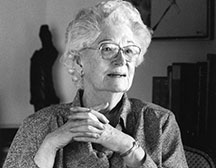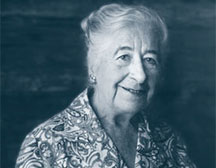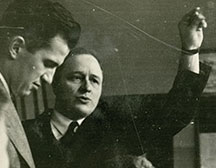Architect of the Clean Air Act
Leon Billings ’59
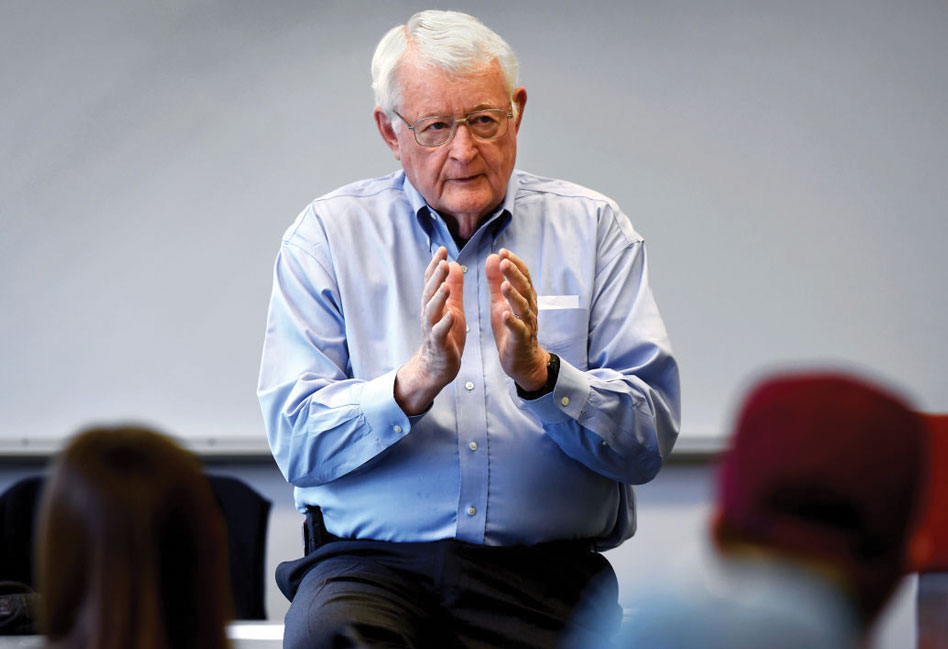
Americans breathe a little easier because of Leon Billings, who forged a legacy as the largely unheralded chief architect of the 1970 Clean Air Act.
He grew up in Helena, Montana, experiencing firsthand the power of clean air. His mother, Gretchen Garber Billings, had been afflicted with chronic lung disease as a child, finding relief only when she left her family home in Washington State to vacation with her grandparents in Montana. She married Henry Billings and moved to Montana where the couple edited a weekly newspaper, the People’s Voice , owned by a farmer-labor cooperative. The newspaper engaged in an ongoing battle with the powerful Anaconda Copper Mining Company, which controlled the daily newspapers in the state. Harry’s column in the People’s Voice carried the quotation: “The hottest places in hell are reserved for those who, in a time of moral crisis, refuse to take a stand.”
Weaned on firebrand politics, Leon started college at Reed but returned to Montana, where he graduated from the University of Montana.
Milt Krieger ’60 lived in Foster-Scholz at the same time as Leon, and remembers that the lanky Montanan was blunt in speech, diffident to anarchic in behavior, and known as “Red” for the most obvious reason.
“We shared Alan Logan’s [German 1953–60] Hum 110 seminar,” Milt recollects. “Leon asked good questions, but because he spent more time elsewhere than in the library he lacked sufficient textual immersion to contribute fully to the discussions he prompted. We shared a passion for baseball, but we did not share his motorcycle, notoriously noisy during his returns to campus after dark.”
After college, Leon worked as a reporter and farmworker organizer in California. He married Patricia Harstad, who became a delegate in the Maryland General Assembly; she died in 1990. Leon was appointed to her seat representing Montgomery County and then elected in his own right, serving three terms. He was a founding member of the Montgomery County Green Democrats and received the Maryland League of Conservation Voters Environmental Leadership award, “for outstanding support and leadership in protecting Maryland’s environment.”
He worked as a lobbyist for the American Public Power Association, joined the Subcommittee on Air and Water Pollution of the Senate Committee on Public Works, and became chief of staff for Maine Senator Edmund Muskie.
In 1969, Ohio’s Cuyahoga River, polluted with oil slicks, caught fire—an event that galvanized the environmental movement. For decades Congress had deferred to states on environmental law. Now, fearing a challenge from Senator Muskie in the 1972 presidential election, the Nixon administration sought to curry favor with environmentalists. With Mr. Muskie’s backing and channelingf the characteristics he had admired most in his parents, Leon shrewdly negotiated a legislative coup. In short order, he was instrumental in drafting the 1970 Clean Air Act, the Clean Water Act, the Noise Control Act, and the Energy Supply and Environmental Coordination Act.
A 1990 article in the Environmental Reporter called Leon “probably the most influential man in America on the drafting of legislation affecting the environment during the late ’60’s and the early ’70’s.”
When President Carter tapped Muskie as his secretary of state, Leon became Muskie’s executive assistant. Later, as an adjunct professor at the University of Southern California, he directed the Washington Program of USC’s Unruh Institute of Politics. He founded a government relations consulting firm, designing public policy strategies on issues pending before Congress, and advising on a broad range of environmental, health, energy, and safety legislation. He advised clients, including corporations, on how to live and profit while complying with environmental laws.
Leon’s second wife, the former Cherry Allen, and three children from his first marriage, Shannon, Erin, and Paul, survive him.

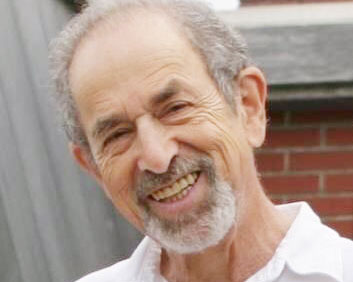
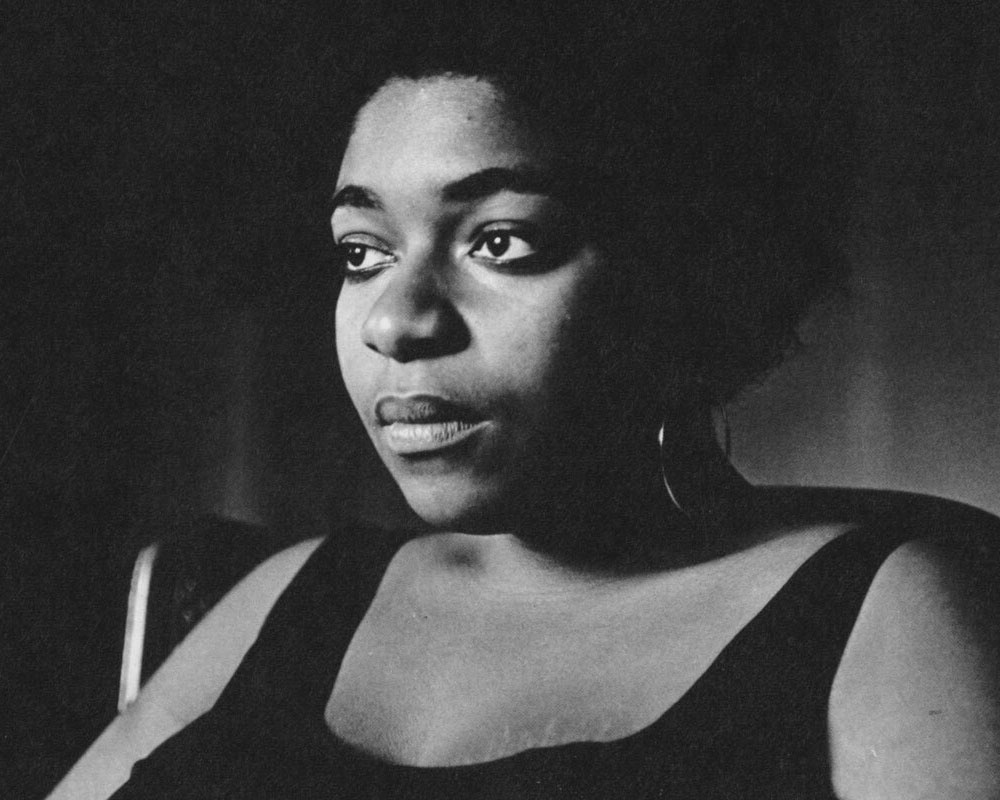
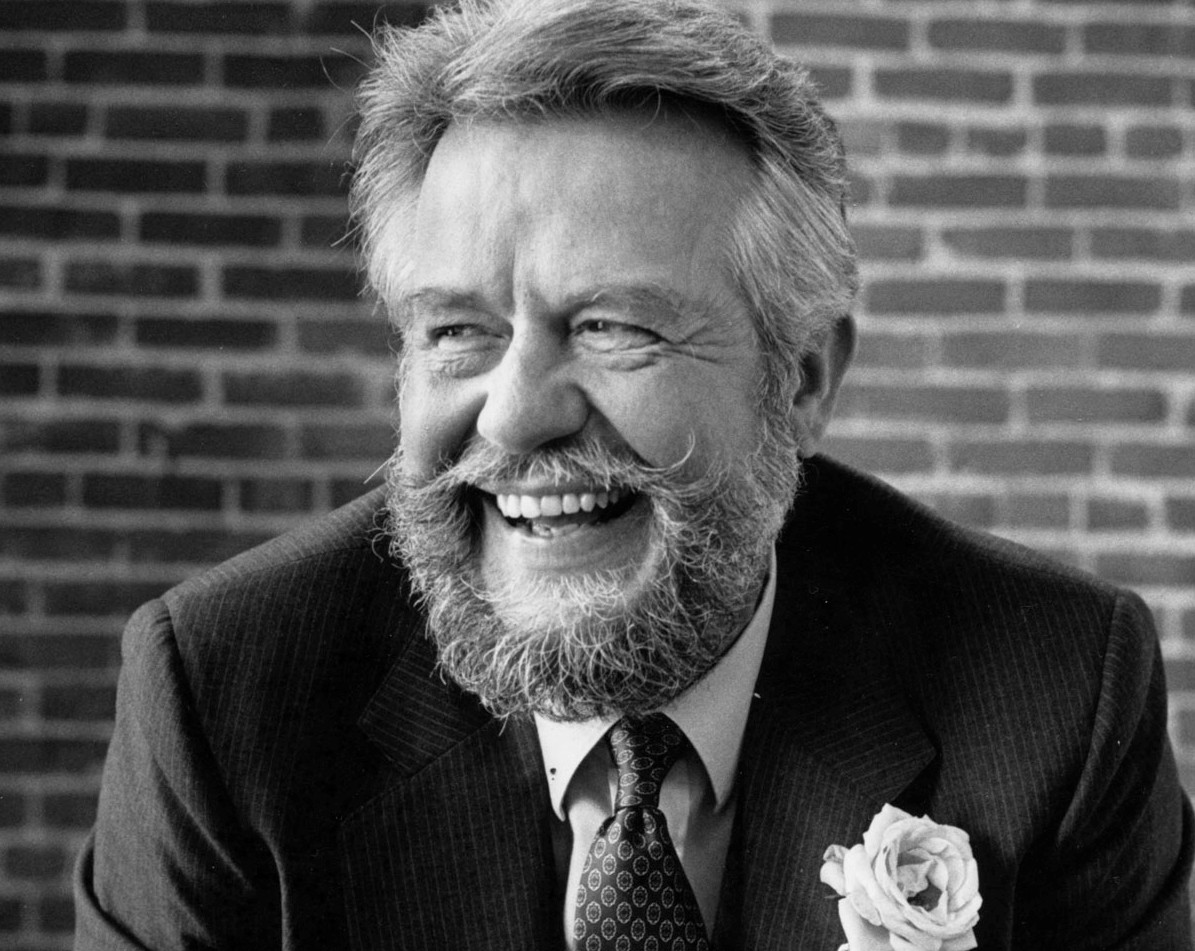

![Photo of Prof. Marvin Levich [philosophy 1953–94]](https://www.reed.edu/reed-magazine/in-memoriam/assets/images/2022/LTL-levich1.jpg)
![Photo of President Paul E. Bragdon [1971–88]](https://www.reed.edu/reed-magazine/in-memoriam/assets/images/2020/Bragdon.jpg)
![Photo of Prof. Edward Barton Segel [history 1973–2011]](https://www.reed.edu/reed-magazine/in-memoriam/assets/images/2020/Segel.jpg)
